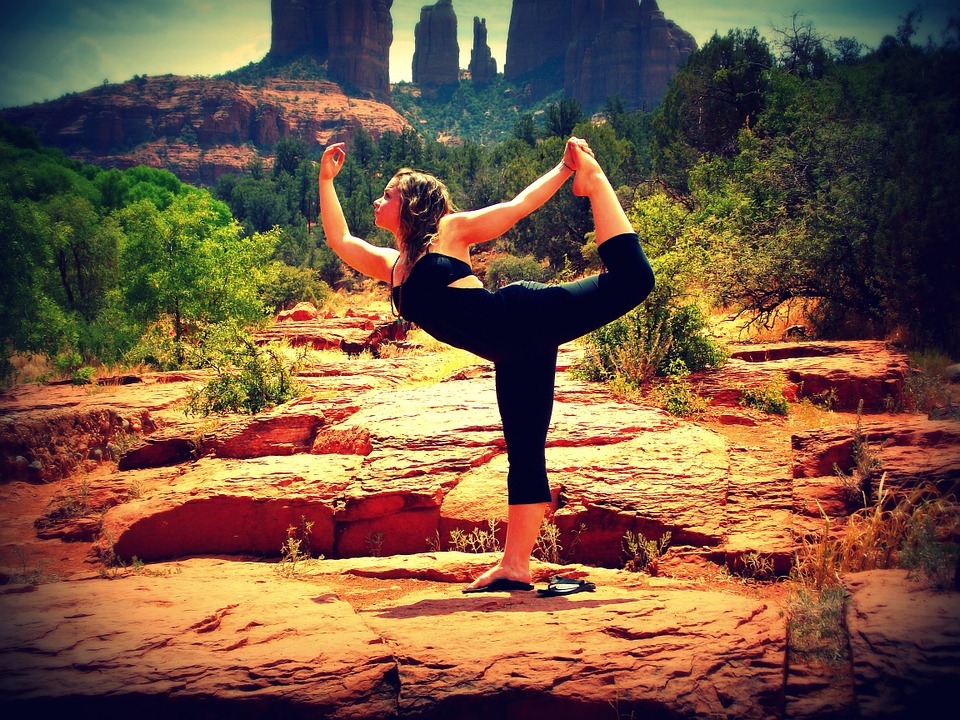The increase in lifestyle-related illnesses has led to people becoming more conscious about their health. This effort towards self-improvement includes both physical and mental wellbeing. Fitness enthusiasts are looking at every available option to achieve their goals.
Yoga is one healthy option that has gained plenty of momentum in recent years. The physical and mental benefits it offers align perfectly with the health goals of today. It is also a convenient option since one only needs oneself, a yoga mat, and an instructor. But it is necessary to have the best instructor and good quality yoga mats; you can choose the best eco-friendly yoga mats by coussin de méditation as these are recommended for comfortable yoga routines.
Yoga can seem new and intimidating to those who are new to it. It is from a faraway land, combined with strange poses and incantations, which can put people off. It is, however, not so. A good beginners guide to yoga will sort out such issues and others.
Easy Going To A Healthy Living
Yoga is not just for the experts; there are many simple poses that beginners can do. All one needs is a good beginner’s guide to yoga. Instructor-led sessions are a helpful type.
They will inform you about the poses while you do them.
Downward-Facing Dog Pose
This pose is a simple one with ample benefits. It is created by forming a triangle, with your hands, feet, and tailbone forming the three corners.
This pose strengthens the arms, back, and shoulders. It also stretches the calves, hamstrings, and arches of the feet. It gives relief from back pain.
It is for everyone but those suffering from carpal tunnel, wrist problems, and increased hypertension. Heavily-pregnant women should also avoid this.
Plank Pose
Many exercise regimens contain planks. Yoga does too. It is done to build core, arms, shoulders, and leg strength. Added benefits include toned abs and upper body strength.
You do this by forming a triangle like in the previous pose, but with modifications. Stretch the legs as far back as possible. The heels, back, and head must all be in a straight line. Your arms must be stretched fully and in line with your shoulders. The hands must be resting on the mat.
Don’t do this pose in case of low back pain, carpal tunnel, or wrist problems.
Four-Limbed Staff Pose
This one is a modification of the plank pose and comes after it in the sun salutation cycle. It builds strength in the shoulders, wrists, and arms. It also tones the abs.
You drop the ascending heel-back-head line and make it parallel to the ground. The hips must be raised slightly, like when doing push-ups. The arms must be parallel to the upper part of the body.
Pregnancy, carpal tunnel, low back pain, and wrist problems are mortal enemies of this pose.
The Tree Pose
The tree pose has come to represent yoga itself. An image used to market yoga will likely contain a person doing this pose. It is harder to do than the previous ones.
The primary benefit is balance improvement. It also strengthens the core, calves, spine, thighs, and ankles.
Stand on one leg by placing the foot of the other on its inner thigh. Bring your arms together in a Namaste position with the palms touching each other. The hands must be in front of the center of the chest.
Hold this position for the duration of your comfort level. Slowly unlock your foot held in the inner thigh and rest it on the ground. Repeat this process for the other leg. Remember to focus on breathing during the entire process.
Heavily pregnant women and those with ankle issues must avoid it.
A beginner’s guide to yoga is your gateway to a healthy and happy you. You can increase the number and complexity of the poses once your body improves.

